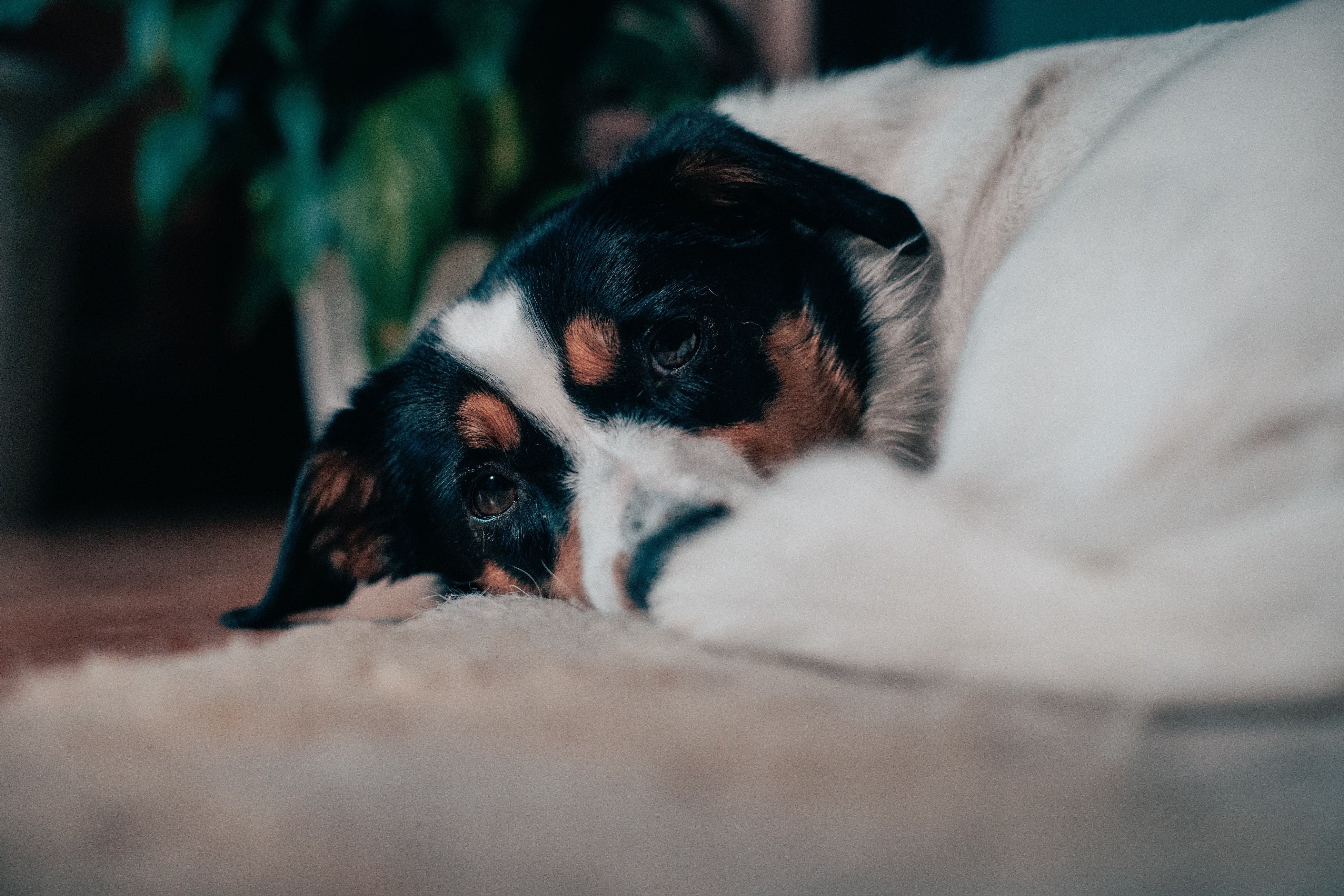Whether your pup was roughhousing with another dog at the park, got stung by a bee, or stepped on something sharp, every dog owner dreads seeing their furry friend in pain. Dogs can get cuts, scrapes, and scratches just the way humans can — and if left untreated, they can quickly lead to infection and cause pain and additional medical complications.
The second you see a scratch on your dog, your first instinct might be to reach for the Neosporin, or any other antibiotic ointment. This topical over-the-counter medication contains antibiotics like neomycin, polymyxin B, and bacitracin, and is commonly used to treat and prevent skin infections in humans. But is it safe to use on your dog?
Can I Use Neosporin on My Dog?

The answer isn’t quite so simple. Generally, Neosporin is safe to use on dogs, but it’s not always the best option. Before you treat your pup with any type of medicine, especially one that is meant for humans, we strongly advise consulting your veterinarian.
According to veterinary experts, while bacitracin and polymyxin B are deemed safe for dogs, some have seen hearing loss occur in reaction to neomycin, particularly when given intravenously. Plus, because Neosporin is a topical ointment, there’s also a chance that your dog will have an allergic reaction. If it’s in an accessible spot for Fido, he might also try to lick it off. This would defeat the purpose because the layer of ointment creates a physical barrier between the wound and bacteria, and could make your dog feel sick.
Ultimately, since Neosporin was developed for humans, it might not be entirely responsible to use it on your dog unless you get the go-ahead from your vet.
What to do if Your Dog Gets a Wound

Since immediately reaching for the Neosporin or another topical ointment isn’t always advised, how should you treat your pup if he gets an abrasion? First and foremost, if there is heavy bleeding and the wound is deep, take your pup to the vet or emergency pet hospital right away. If the cut or scrape is more minor, follow these steps to avoid infection and ensure your pup heals as quickly as possible:
- Clean and flush the wound: Using soap and water, gently wash the wound and rinse completely, then pat dry with a clean washcloth or towel.
- Consult your vet: Call your vet and explain any relevant details about how the wound occurred. Your vet might want to see the injury in person or may feel confident advising on the best course of action if the abrasion is minor.
- Apply a small amount of vet-approved ointment: If your vet approves the use of Neosporin or any other kind of antibacterial topical treatment, make sure you test a very small amount on a patch of skin. The last thing you want is your pup to have an allergic reaction on top of the injury.
- Try covering the wound with a bandage: If your vet recommends covering the injury with a bandage, it can help the wound continue to heal and prevent more bacteria from entering. However, if you do this, make sure you keep a close eye on your pup, since this might prompt him to try to chew off the bandage and irritate the area even more.
When deciding whether or not to give your dog Neosporin, or any other medication for that matter, the best rule of thumb is to consult your vet first.
In addition to consulting your vet and taking the right steps to keep your dog healthy, it’s important to give your pup the nutrients he needs on a daily basis to help build a strong immune system. Especially if your pup suffers from occasional and seasonal allergies, we recommend giving your dog a daily AllergyImmunity Chew.
Sources:
https://www.thesprucepets.com/is-neosporin-safe-in-dogs-4769222
https://www.akc.org/expert-advice/health/can-you-use-neosporin-on-dogs/













